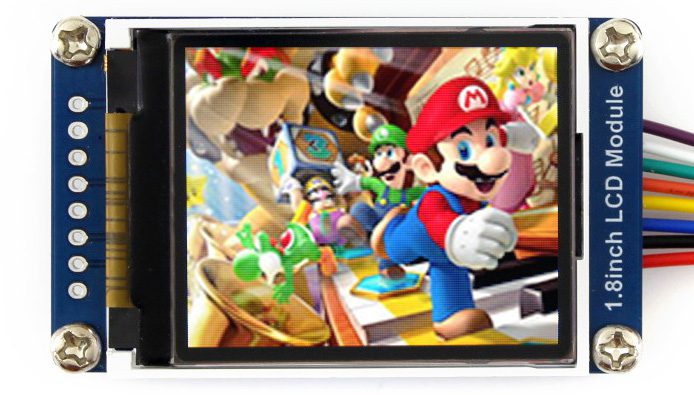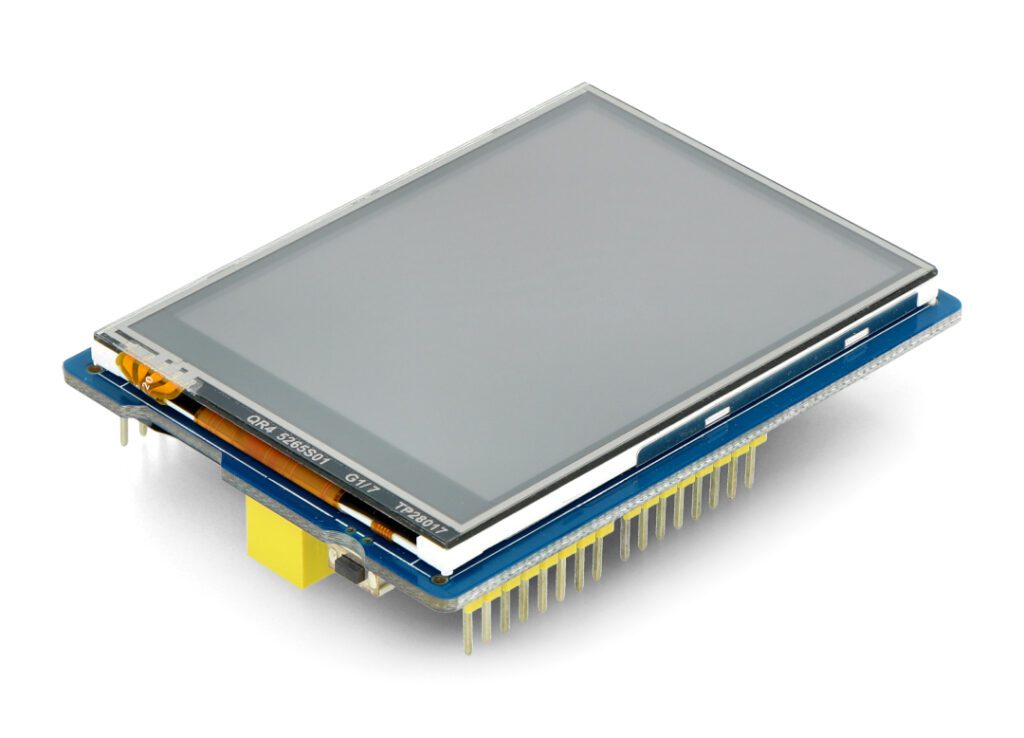Table of Contents:
The display market is undergoing a significant evolution related to technological advances and changes in consumer preferences and needs just like the rest of the consumer electronics industry.
One of its most interesting aspects is TFT technology.
Today we take a close look at this important competitor to touch and classic displays, including LCD, LED or OLED/AMOLED.
TFT technology - what is it?
TFT (Thin-Film Transistor) is one of the most popular types of displays used in today’s electronic devices, such as TVs, computer monitors, smartphones, tablets and touch panels.
Interestingly, TFT technology itself has its origins in the 1960s.
i 70.
It was at this time that the first experiments with thin-film transistors took place.
In fact, the commercial application of TFT technology began in the 1980s. i 90. In the 1970s.
Initial TFT displays were characterized by low resolution, rather poor color reproduction and severely limited viewing angles.
One of the key steps in the development of the technology was the commercialization of an active matrix built from TFT transistors, which made it possible to produce flat, thin and lightweight displays with high resolution.
The first TFT displays on the consumer market were thus mainly seen in the form of computer monitors and TV screens.
The resolution of TFT displays has improved considerably over the years, as early models offered resolutions as low as 240×320 pixels, while modern TFT displays can offer resolutions as high as 3840×2160, thus providing crystal clear images and videos.
With TFT technology, each pixel on the screen is controlled individually.
This allows a wider range of colors to be displayed, resulting in more vivid and realistic images.
How do TFT displays work?
When delving into the world of display technology, one cannot ignore the significant role of thin-film transistors, to which all technology owes its acronym.
The science behind TFT is fascinating.
It involves the use of a thin film of amorphous silicon that is deposited on a glass panel.
This “film” acts as a semiconductor and controls the flow of electricity through each pixel on the screen.
This precise control over power flow allows TFT displays to generate high-resolution, sharp images.
The undefined precision with which each pixel is controlled results in a high degree of color and contrast accuracy.
This is particularly beneficial in applications where image clarity and detail are paramount, such as medical imaging or graphic design.
TFT’s impact on image clarity is undeniable, making it the preferred choice for high-end display technology.
Fast pixel response times, typically less than 5 ms, stable flicker-free images, slightly lower contrast than in OLED/AMOLED, moderate power consumption and generally cheaper production, which can translate into more affordable device prices – what more could you want?
Impact of TFT displays on TVs and smartphones
Undeniable TFT technology has revolutionized the display industry especially in the field of smartphones and televisions.
The high-quality images and videos we enjoy today are largely due to the implementation of TFT.
This technology has made it possible to produce screens that offer excellent color accuracy, sharpness and response time.
As a result, users can enjoy a more immersive and realistic visual experience, whether they are watching a movie, playing a game or browsing the Internet on their devices.
Moreover, TFT technology has contributed significantly to the miniaturization of displays.
TFT has made it possible to pack millions of pixels into the small displays of smartphones and televisions without compromising image quality.
This has not only led to the production of more compact and portable devices, but has also paved the way for innovations such as foldable and flexible screens.
All of this has transformed the way we consume visual content and continues to push the boundaries of what is possible in display technology.
While LED displays are known for their energy efficiency and longevity, TFT displays offer excellent image quality and color accuracy.
Similarly, LCD displays – while they are cost-effective and offer decent image quality, they fare less well compared to the high contrast ratio and wide viewing angles provided by TFT displays.
Even modern OLEDS, or organic light-emitting diodes known for their deep blacks and fast refresh rates, often prove to be a less practical choice for many users.
TFT integration with Raspberry Pi, Arduino and DIY
TFT displays are easy to integrate with microcomputers and software platforms that every fan is familiar with Botland Blog – you will find among them Arduino or Raspberry Pi.
All this is due to the availability of libraries and modules that support TFT displays.
They are complemented by numerous models of HAT modules and accessories, or hardware attached on top – in simple terms, overlays placed on top of the main units.
There are also special display modules, for example from leading manufacturer Waveshare, which provide simple integration with various platforms.
Their versatility allows them to be used to display images, display measurement data information or even operate a touchscreen user interface.
However, it is worth bearing in mind the design limitations, even despite the many advantages – among them can be mentioned the lack of deep blacks known from OLEDs, limited brightness, which can be a problem especially in bright sunlight, and slightly lower material flexibility, which limits their use in some applications, such as flexible screens or curved displays.
How useful was this post?
Click on a star to rate it!
Average rating 0 / 5. Vote count: 0
No votes so far! Be the first to rate this post.





















